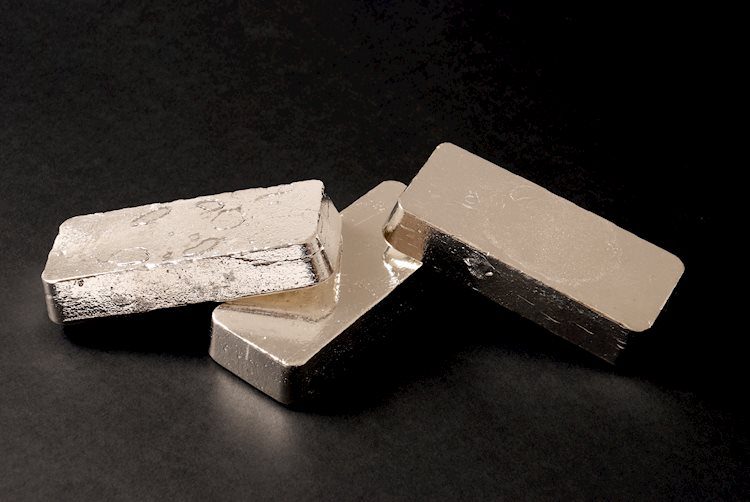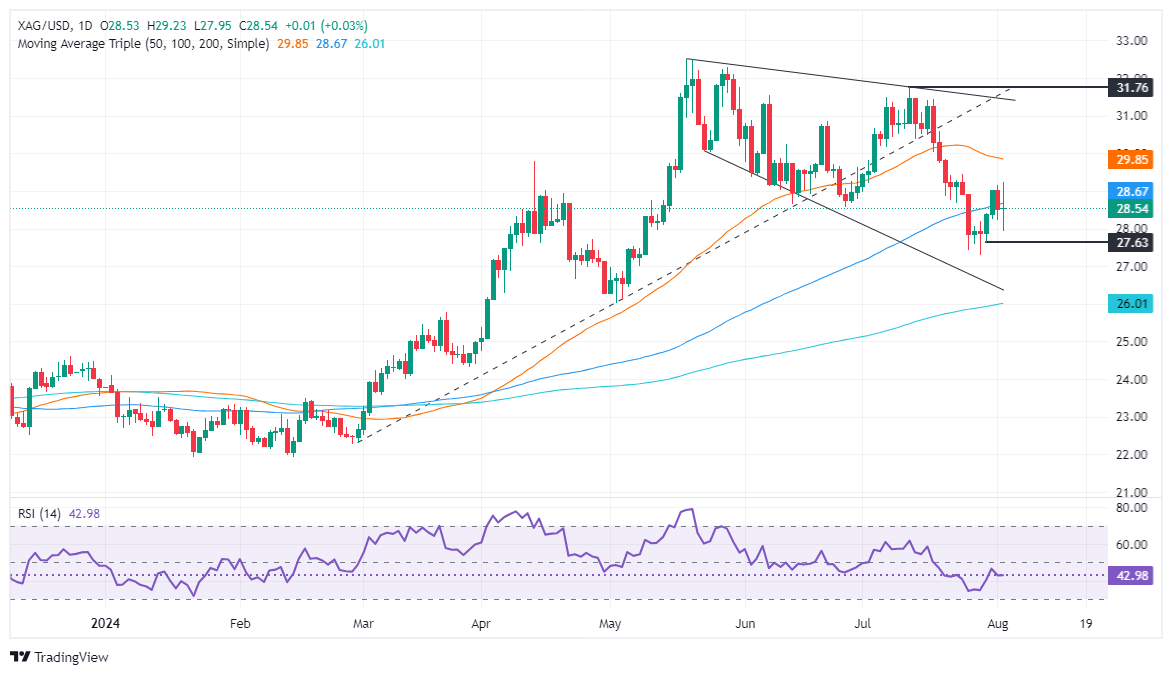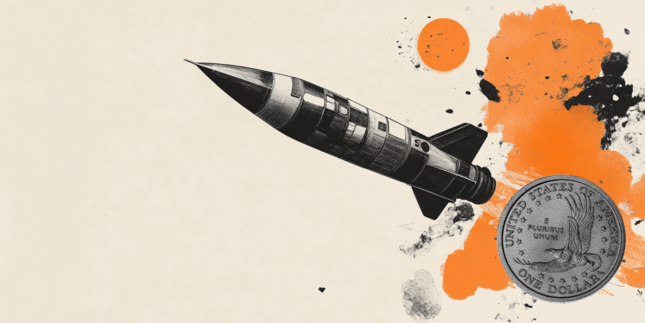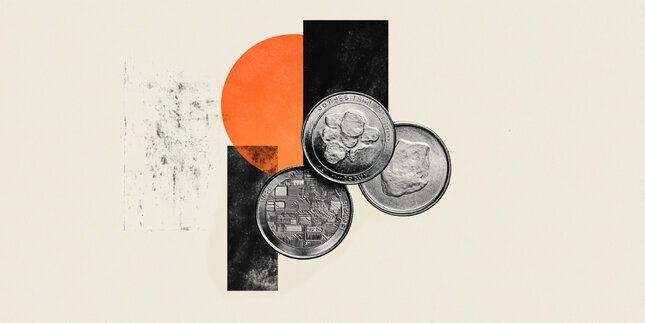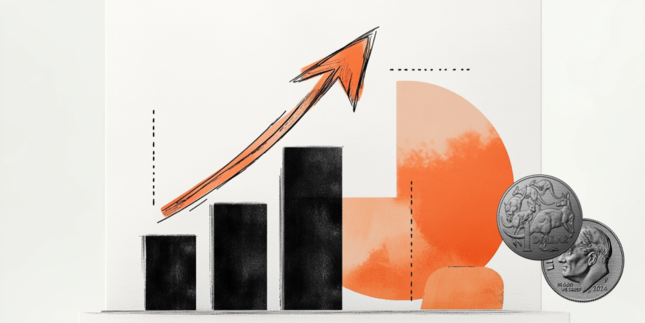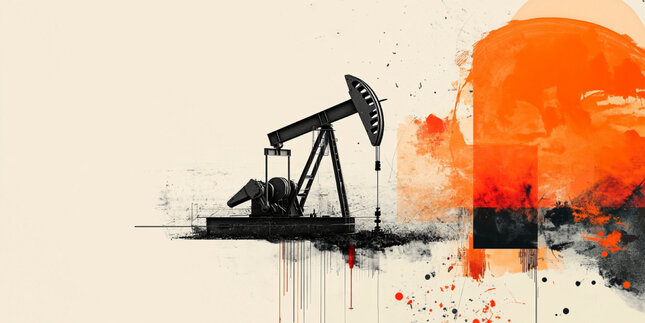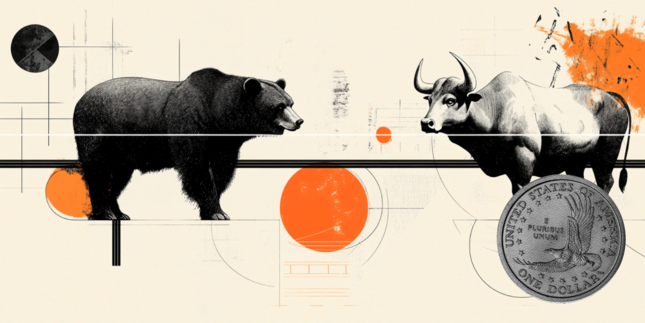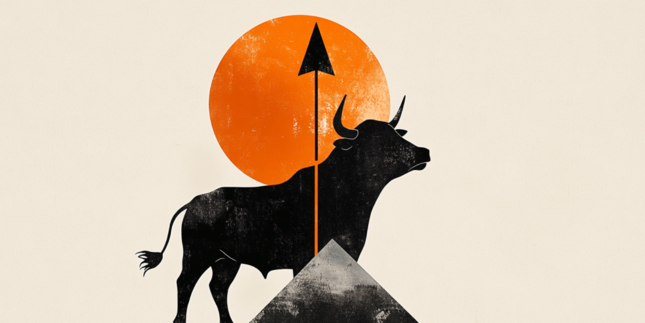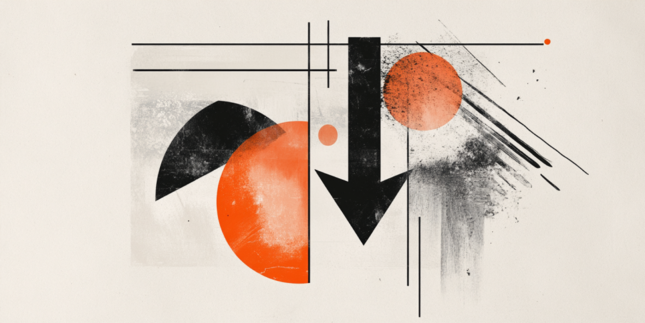Silver Price Analysis: XAG/USD hovers around opening price, flatline
- Silver hits weekly high of $29.22 before stabilizing at $28.49, down 0.02%.
- Technical outlook: Closing above 100-DMA ($28.69) may trigger rally to $29.00 and $29.50.
- Bearish scenario if XAG/USD falls below $28.00, targeting $27.95, July 29 low ($27.31), and 200-DMA ($26.00).
Silver's price was virtually unchanged late in the North American session after whipsawing following US Nonfarm Payrolls data. The grey metal-stabilized below the 100-day moving average (DMA) and traded at $28.49, registering minimal losses of 0.02%.
XAG/USD Price Analysis: Technical outlook
Silver trades at around its opening price after hitting a new weekly high of $29.22, a move that was quickly rejected amid profit-taking in the precious metal segment, led by Gold. The XAG/USD dived below $28.00 following the spike on NFP release before buyers recovered the latter and lifted spot prices to the current price level.
If Silver closes above the 100-DMA at $28.69, that could sponsor a rally toward $29.00 in the upcoming week, followed by the $29.50 mark, which capped prices from July 22 to 24, before collapsing.
Conversely, bears would be in play if they drag XAG/USD below $28.00, exposing the day’s low of $27.95. Further losses hover underneath that level and push Silver to test the July 29 bottom at $27.31, ahead of dropping to the 200-DMA at $26.00.
XAG/USD Price Action – Daily Chart
Silver FAQs
Silver is a precious metal highly traded among investors. It has been historically used as a store of value and a medium of exchange. Although less popular than Gold, traders may turn to Silver to diversify their investment portfolio, for its intrinsic value or as a potential hedge during high-inflation periods. Investors can buy physical Silver, in coins or in bars, or trade it through vehicles such as Exchange Traded Funds, which track its price on international markets.
Silver prices can move due to a wide range of factors. Geopolitical instability or fears of a deep recession can make Silver price escalate due to its safe-haven status, although to a lesser extent than Gold's. As a yieldless asset, Silver tends to rise with lower interest rates. Its moves also depend on how the US Dollar (USD) behaves as the asset is priced in dollars (XAG/USD). A strong Dollar tends to keep the price of Silver at bay, whereas a weaker Dollar is likely to propel prices up. Other factors such as investment demand, mining supply – Silver is much more abundant than Gold – and recycling rates can also affect prices.
Silver is widely used in industry, particularly in sectors such as electronics or solar energy, as it has one of the highest electric conductivity of all metals – more than Copper and Gold. A surge in demand can increase prices, while a decline tends to lower them. Dynamics in the US, Chinese and Indian economies can also contribute to price swings: for the US and particularly China, their big industrial sectors use Silver in various processes; in India, consumers’ demand for the precious metal for jewellery also plays a key role in setting prices.
Silver prices tend to follow Gold's moves. When Gold prices rise, Silver typically follows suit, as their status as safe-haven assets is similar. The Gold/Silver ratio, which shows the number of ounces of Silver needed to equal the value of one ounce of Gold, may help to determine the relative valuation between both metals. Some investors may consider a high ratio as an indicator that Silver is undervalued, or Gold is overvalued. On the contrary, a low ratio might suggest that Gold is undervalued relative to Silver.
Forex News
Keep up with the financial markets, know what's happening and what is affecting the markets with our latest market updates. Analyze market movers, trends and build your trading strategies accordingly.
